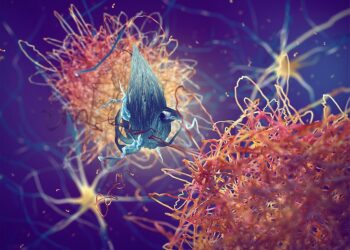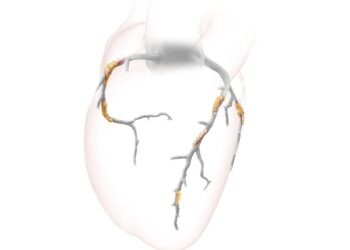# The Great Unbundling: Why Mixture of Experts is More Than Just a Bigger Model
For the last several years, the dominant narrative in AI has been one of brute force. The path to more capable large language models (LLMs) seemed to be a straight line paved with ever-increasing parameter counts. From GPT-3’s 175 billion to models rumored to be in the trillions, the mantra was simple: bigger is better. This scaling-first philosophy has yielded incredible results, but it has also led us to a computational cliff’s edge, with training costs soaring into the tens of millions and inference becoming prohibitively expensive.
But what if this is a flawed premise? What if the future of AI isn’t a single, monolithic brain, but a highly efficient committee of specialists? This is the core idea behind the **Mixture of Experts (MoE)** architecture, a paradigm that is quietly reshaping the landscape of high-performance AI.
—
### Deconstructing the Monolith: How MoE Works
At its core, an MoE model reframes the problem. Instead of forcing a single, dense network to learn everything about language, from coding in Python to writing Shakespearean sonnets, it divides the labor.
Imagine a traditional, dense model as a single, world-renowned polymath. For any question you ask, they must engage their entire brain to formulate an answer. It’s effective, but incredibly energy-intensive.
An MoE model, in contrast, is like a team of world-class specialists managed by a brilliant receptionist. This model consists of two key components:
1. **A set of “Expert” networks:** These are smaller, specialized neural networks. Each expert might, through training, implicitly develop a proficiency for certain types of tasks—one for logical reasoning, another for creative text generation, a third for data analysis, and so on.
2. **A “Gating Network” or Router:** This is a small, lightweight network that acts as the receptionist. When a request (a token or sequence of tokens) comes in, the router quickly analyzes it and decides which one or two experts are best suited to handle it. It then routes the request *only* to those selected experts.
The magic is in this routing. For any given input, only a fraction of the model’s total parameters are activated. This principle is known as **sparse activation**.
### The Efficiency Paradigm Shift
The implications of sparse activation are profound. Consider a model like Mixtral 8x7B. The name itself is revealing: it has 8 distinct experts, each with around 7 billion parameters. While its total parameter count is ~47 billion (accounting for shared components), it only uses the computational resources of a ~13 billion parameter model for any single token during inference.
This gives us the best of both worlds:
* **Massive Knowledge Capacity:** The model’s total parameter count allows it to store a vast amount of information, similar to a much larger dense model.
* **Fast, Efficient Inference:** The sparse activation means that inference latency and computational cost are comparable to a much smaller model.
This is a fundamental break from the scaling laws that have governed dense models. With MoE, we can dramatically increase a model’s capacity without a linear increase in the computational budget required to run it. This makes it possible to deploy incredibly powerful models more economically and with lower latency.
### The Trade-Offs: No Such Thing as a Free Lunch
Of course, MoE is not a silver bullet. The architecture introduces its own set of unique and complex challenges, primarily during the training phase.
The most significant hurdle is **load balancing**. If the gating network isn’t carefully trained, it might develop favorites, sending the majority of tokens to a few “popular” experts. This leads to those experts being over-trained while others are under-utilized, negating the benefits of specialization. To counteract this, sophisticated loss functions are introduced to encourage the router to distribute the load evenly among its experts.
Furthermore, while the *computational* load is sparse, the *memory* footprint is not. All experts must be loaded into VRAM to be available for the router. This means an MoE model with a 47B parameter count still requires the memory of a 47B parameter model, making it a challenge for consumer-grade hardware, even if the processing is faster.
—
### Conclusion: An Era of Architectural Elegance
The rise of Mixture of Experts signals a maturation of the AI field. We are moving beyond the era of simply adding more layers and more neurons and entering an era of architectural elegance. MoE demonstrates that the *arrangement* and *utilization* of parameters can be just as important as their sheer number.
While monolithic dense models will continue to have their place, the future is likely a hybrid ecosystem. We will see more MoE models, Retrieval-Augmented Generation (RAG) systems, and other clever architectures designed to optimize the trade-off between knowledge, performance, and cost. The great unbundling of the monolithic model has begun, and it promises a future where cutting-edge AI is not just more powerful, but also more accessible and efficient than ever before.
This post is based on the original article at https://techcrunch.com/2025/09/22/lift-off-first-look-at-the-space-stage-agenda-at-techcrunch-disrupt-2025/.






















